The number of unemployed workers per open job has decreased over 15 years, and there are now more available positions than people to fill them. It’s putting the squeeze on today’s already tight labor market, and Talent and HR executives don’t always have clear ways to ensure their companies have the skilled talent they need.
A recent Harvard Business Review article offered a fix: Refocus HR from its decades-long emphasis on cost-cutting to an employee experience that prioritizes:
- Employee retention
- Employee engagement
- Minimal restructuring
- Dexterity
- Stability
Spot on, HBR. And to advance the conversation even further, we’d like to emphasize just how much learning can help. We say, L&D to the rescue!
Workforce development is a critical part of employee engagement strategy, yet 90% of HR leaders say they cannot effectively anticipate the skills their workers need over the next three years with the technology they have today.
An L&D team’s superpower (helping employees grow their skills) and weapon of choice (learning technology) are exactly what Talent and HR leaders need to increase employee engagement—and achieve business goals.
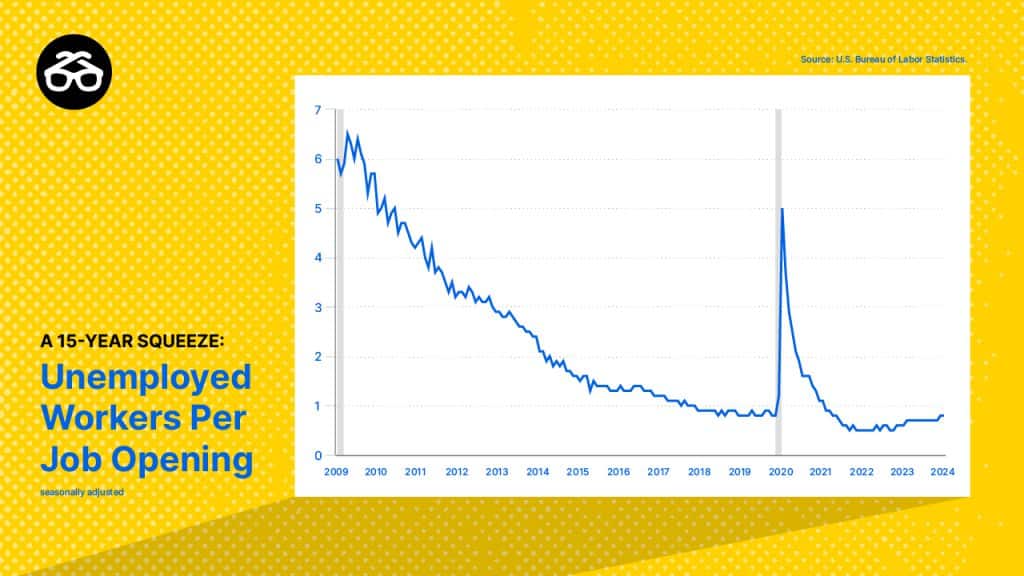
Retention: Dodging the Cost of Turnover
Nearly half of workers (48%) would consider switching jobs to update their skills, but over 60% say they’d stay at their jobs if provided upskilling opportunities. And according to HBR, business leaders vastly underestimate the cost of employee turnover; many cite a cost of $4,000 per employee, which covers only the administrative expense of rehiring. But HR and L&D professionals know that hiring and then training a replacement costs far more.
L&D can help HR make the true turnover cost clear—by championing a strategy that helps retain workers and their skills.
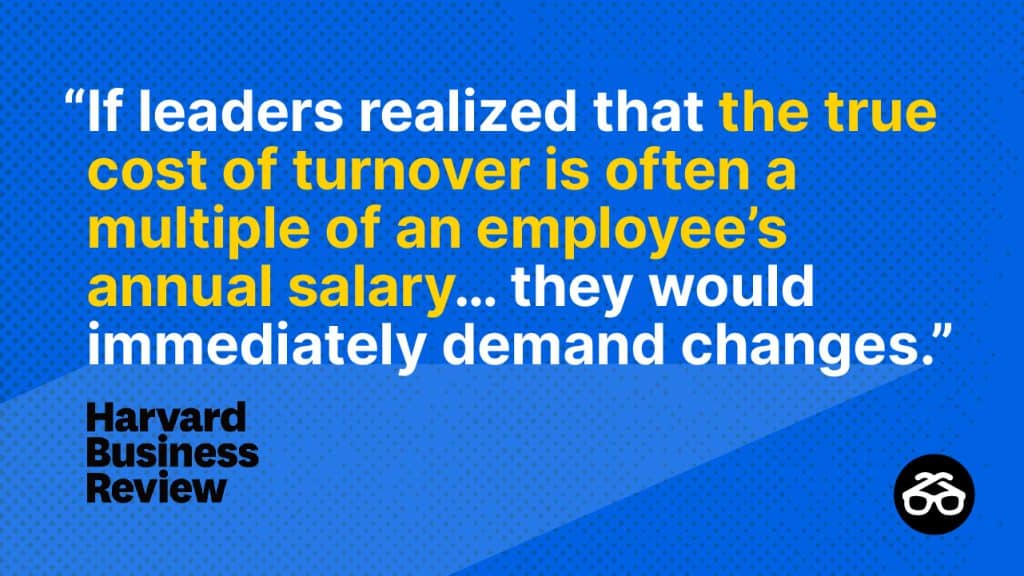
What is that strategy? Personalized learning at scale. Employees are more likely to remain at a company that gives them agency and choice in how they apply their skills. Unfortunately, only 26% of workers believe their company treats them as whole individuals who can make unique contributions to the organization.
HR can help keep staff from straying by working with L&D to create personalized learning journeys for each employee. Matching individuals with the right learning paths to help them grow—at scale—might seem like a Herculean task. But learning technologies, which are increasingly driven by AI, can tackle this task in minutes.
How can Degreed help? Degreed LXP+ drives better retention in key roles, with turnover decreasing from 10% to 2% for some employee groups.
Engagement: Using Data to Tell the Whole Story
According to HBR, executives rarely understand the reality of the employee experience. For example, executives often believe that employees are more well-off financially than those workers actually are. L&D can help HR by pulling together disparate data that, taken together, tells the true story of the employee experience. This data includes:
- Absenteeism rates (HR)
- Incidents of illness and disability (HR)
- Use of employee assistance programs (HR)
- Engagement surveys (L&D)
L&D should keep an eye on learning program engagement, too. If employees aren’t using the pathways available to them, your company won’t see benefits. You may need to invest in a more robust learning technology solution if your current one isn’t cutting it.
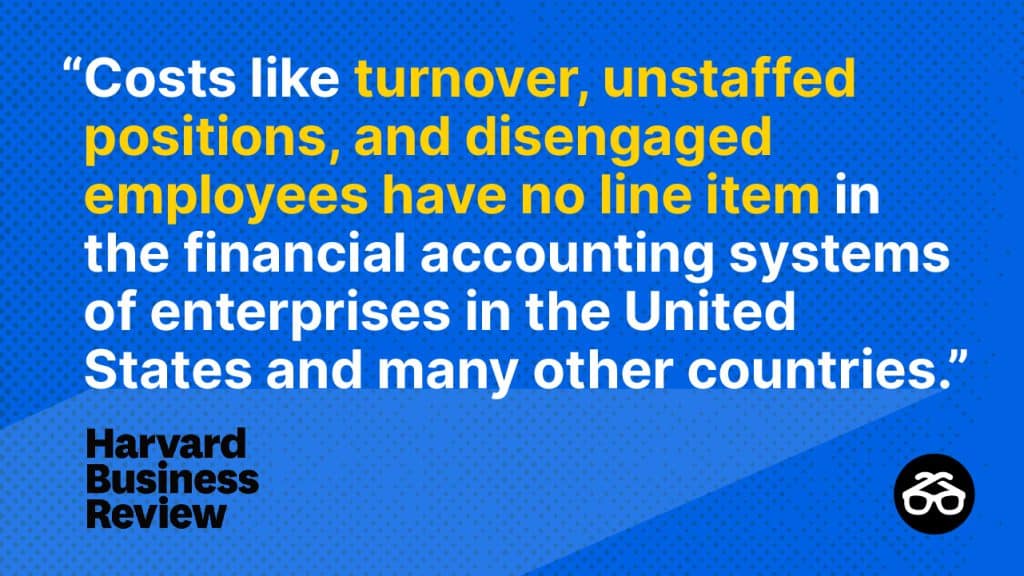
If you’re an HR leader who sees evidence of a poor employee experience, work with L&D to find a solution: 71% of workers say job training and workforce development increases their job satisfaction. In other words, learning opportunities increase employee engagement. Workers feel more confident, get more done faster, and feel more accomplished.
How can Degreed help? With Degreed, Ericsson reduced its overall learning spend by 50% while increasing learning completions by 62% and learning hours by 24%.
Restructuring: Choosing Agility over Rigidity
As HBR illustrates, leaders often respond to changing business environments with restructuring. As the pace of change has increased, so have reorgs, leaving employees constantly recovering from the shock. Amid all the turmoil, productivity can tank.
If your company does restructure, L&D can help HR build in more agility. A whopping 85% of executives agree that companies should be more agile when organizing work so they can adapt quickly to market changes, and 77% say it’s critical to flexibly move skills to where the work is.
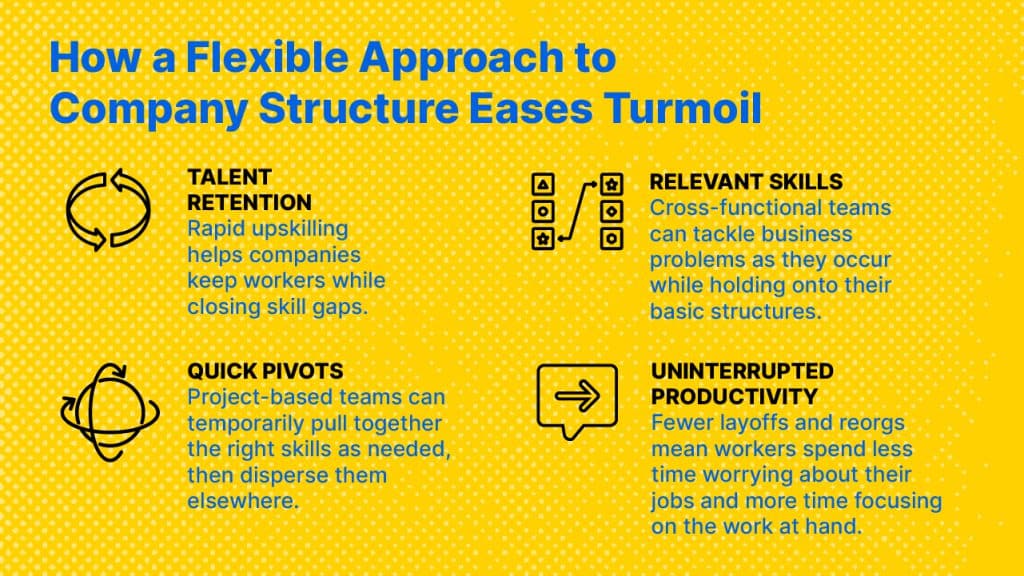
More and more, work is performed across functional boundaries—highlighting the growing importance of emphasizing skills over job titles. Nearly three-quarters of workers (71%) do work that’s outside the scope of their job descriptions, while only a quarter do the same work as co-workers who have the same title or work at the same level.
With skill data generated by learning technology, L&D can arm other leaders with the information they need to deploy skills with agility. With the right learning technology, L&D can understand the skill mix of individual employees, of teams, and of departments. Using this data, business leaders can create cross-functional teams assigned to specific projects—or recommend training that adds valuable needed skills to the mix.
Consider streamlining the process even further by integrating learning tech with an internal talent marketplace. More than half of workers switch employment models during their careers, moving from permanent full-time jobs to freelancing to gig work—or finding projects through internal talent marketplaces.
How can Degreed help? - Individual employee skill profiles allow you to see who has the skills you need. Profiles follow employees so you can quickly leverage individuals for projects. - Degreed Academies makes it fast and easy to upskill or reskill workers.
Dexterity: Pivoting from the Bottom Up
The skills gap is growing, and the further behind your company is, the less it’ll be able to adapt to changes. HBR notes that a more skills-centered company structure can minimize the stress of frequent reorgs while keeping the company agile.
A company’s ability to pivot relies on how quickly employees learn new skills. Two thirds of workers (65%) say the skills they need in order to perform well in their jobs have changed in the past two years—and they struggle to keep up with constantly changing requirements. Likewise, keeping up with skills requirements companywide can seem like a monumental task for Talent and HR executives.
And that’s where L&D can swoop in and help save the day yet again.
Best-in-class learning platforms generate valuable skills data to guide employee engagement strategy and business decisions. When executives have a clear picture of the company’s collective skills, they can make smarter decisions about how to pivot in the face of disruption.
To deliver the best insights for making business decisions, look at more than just skills data. Connect training to business results and feedback metrics. For functional or technical skills, link to performance metrics like sales growth or the reduction of software bugs. For softer skills, conduct peer reviews and customer surveys.
How can Degreed help? Degreed LXP+ provides 35% more efficient upskilling.
Stability: Having Employees’ Backs
According to HBR, stress is a huge problem plaguing the employee experience, but many leaders focus on stress relief strategies rather than stress prevention. Stress is a normal part of work and business, so avoiding all stressors isn’t a solution. Instead, L&D can help employees feel more capable of tackling uncertainty amid technology disruptions—especially if they believe their employers are fully invested in their learning.
Today’s rapid pace of technological advancement can stress employees out, especially those who feel less confident in their tech skills. They worry robots and computers will take their jobs. Conversely, 61% of executives say AI and automation will drive their organizations to a skills-based workplace model. L&D can make peace between these disparate perspectives by embracing technologies that benefit employees.
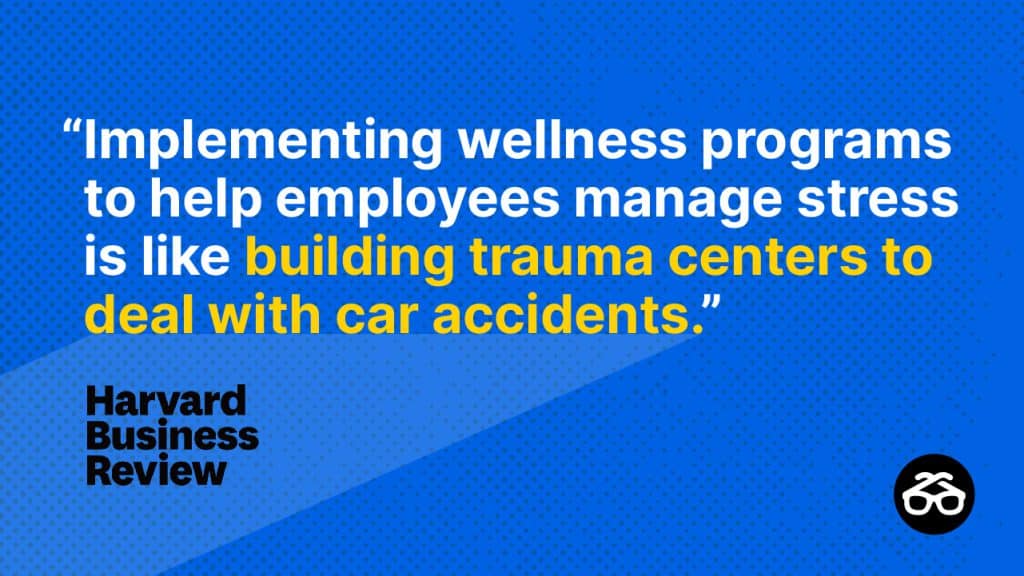
Upskill workers so they can use AI and automation in their work and make themselves more productive and marketable. Communicate that technology won’t replace employees and will instead empower them. Set an example yourself by leveraging AI- or automation-powered learning technology in your own workflow.
Offering learning opportunities shows employees your company values its people. In turn, they’re more likely to want to invest in your company by giving it their all. But empowering employees to use the opportunities they’re afforded is critical. Help leaders understand that 65% of workers want employers to pay for training and let them learn during work hours. Emphasize that doing so also boosts DEIB efforts by leveling the field for all employees, not just those with the extra income and time to invest in their careers.
How can Degreed help? Degreed products use AI and automation to help you find skill gaps, personalize learning, and measure the success of your programs.
Be the hero for Talent and HR executives.
L&D departments are uniquely positioned to help Talent and HR shift from cost-cutting to improving the employee experience. By working together, L&D and HR can help increase employee engagement, employee retention, and business dexterity while reinforcing stability and minimizing restructuring amid changing business environments.
As HR and Talent executives shift their focus toward improving the employee experience, use this opportunity to show how L&D can be a true partner to the C-suite. Talent and HR leaders need your help understanding how L&D can play a big role in ensuring a successful employee engagement strategy just as much as you need their support for critical initiatives like implementing a new learning technology.
L&D professionals can start by sharing that Degreed helps onboard employees faster, pays for itself in six months and delivers 312% ROI.
Ready to find out more?
See how you can Win Learning and Influence the C-Suite.

